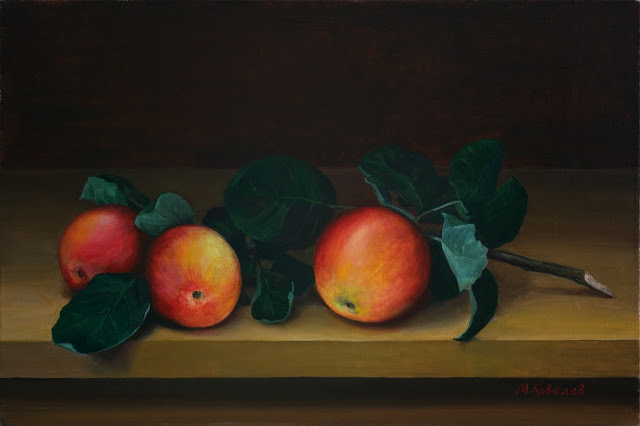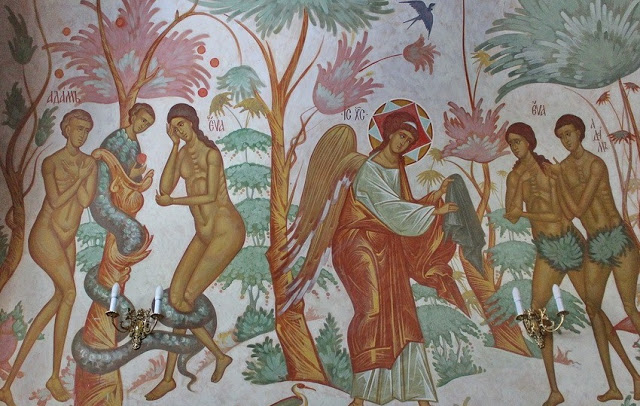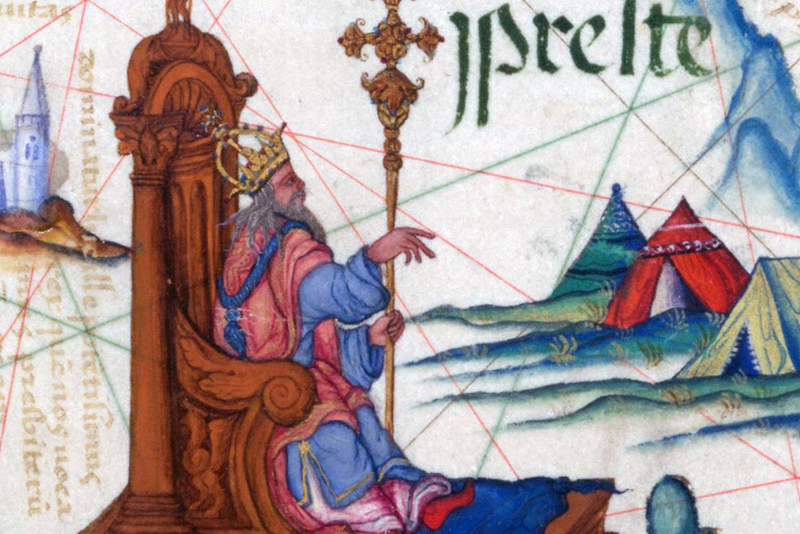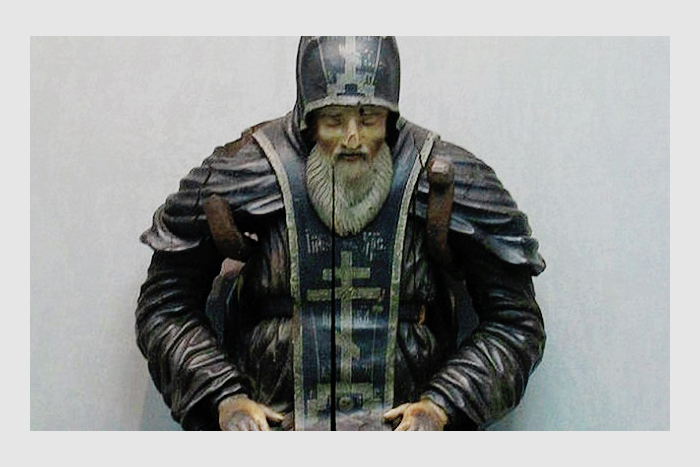
And out of the ground made the Lord God to grow every tree that is pleasant to the sight, and good for food; the tree of life also in the midst of the garden, and the tree of knowledge of good and evil. (Gen. 2:9).
We often hear that Adam and Eve were cast away from the Garden of Eden for their disobedience, namely, because they ate the fruit of the Tree of Knowledge of Good and Evil, which God had ordered them not to eat. What kind of tree was it? What did it look like and why do we often see it portrayed as an apple tree?
The decision of the Christian tradition of the West to depict the tree of knowledge as an apple tree was bound to happen, and it would be really surprising if they didn’t do it. That’s because the Latin word for ‘apple’ is mālum, while the Latin word for ‘evil’ is mălum. The two words are nearly identical, which was why the Christians in the West began portraying that tree as an apple tree, for, after having eaten the mālum (apple), our ancestors got to know mălum (evil). And the Lord God commanded the man, saying, Of every tree of the garden thou mayest freely eat: but of the tree of the knowledge of good and evil, thou shalt not eat of it: for in the day that thou eatest thereof thou shalt surely die. (Gen. 2:16-17).

How did the Eastern Orthodox tradition envision the tree of knowledge?
Most Holy Fathers didn’t try to find out the nature of this tree. They paid more attention to spiritual understanding of the commandment laid out by God and the consequences of being disobedient to God’s will. St. Maximus the Confessor interpretes this passage allegorically, stating that the act of eating the fruit of this tree symbolizes improper usage of one’s senses, which leads to insanity. Other Holy Fathers often deemed the tree of knowledge to be a fig tree because when Adam and Eve sinned, they knew that they were naked; and they sewed fig leaves together, and made themselves aprons. (Gen. 3:7). After they sinned, they took the leaves of the tree of knowledge. This tree is often mentioned in sacred texts, in particular, in the episode when the Lord cursed the fig tree that did not have any fruit. The Fathers also pointed out that the reason why Jesus acted in such a way was because that tree was the tree of knowledge that our ancestors had eaten a fruit of.
Here is one of the most unconventional patristic attempts at interpreting this passage from the book of Genesis: the exegesis by Saint Ephraim the Syrian. St. Ephraim regarded the tree of knowledge as a symbol of God, which is why we read in his book Adam and Eve, “If only Eve paused to think who stood in front of her when she saw the tree of knowledge—whether it was a creature or the Creator.” These words are uncommon, especially if you consider that St. Ephraim interpretes it too allegorically for the school of theology he belonged to.
That is why, based on the idea that the tree of knowledge is a way of partaking of God, some Holy Fathers, including St. Ephraim the Syrian, put forth the suggestion that the tree was a grapevine, for it was wine, the fruit of the grapevine, that Christ turned into his most pure Blood during the Last Supper. The Lord said, I am the true vine, and my Father is the husbandman. (John 15:1).
Saint Ephraim treats the commandment about not eating the fruit of the tree of knowledge of good and evil as the commandment about fast, about some kind of spiritual and physical abstinence. Adam and Eve were commanded to fast. Orthodox liturgical tradition always limits fasting time. A fast is over as soon as the holiday for which it was meant to prepare us begins. It is by fasting that we make ourselves worthy of partaking of God’s grace and get ready for this spiritual experience.

Saint Ephraim’s exegesis of the first chapters of Genesis is liturgy-inspired. According to Saint Ephraim, the paradise is God’s temple, while the Tree of Knowledge, along with the Tree of Life is the Holy of Holies where God dwells. Adam and Eve are God’s priests who were explicitly created in order to offer unto God the sacrifice of praise. They had to make themselves ready to eat the fruit of that Tree by fasting and contemplation. Having been created in the image of God, Adam and Eve were to enter the fullness of Divinity.
Our ancestors failed this test and were thrown out of the paradise: not because God was angry with them but because they were no longer capable of staying in the paradise. The sin of the first human couple is the sin of sacrilege, the sin of unworthy communion. Instead of offering a true sacrifice and proper service to the One God, they stole the great Treasure and desecrated the great Sacrament. Communion with Christ is absolute good but if someone wishes to partake of the Holy Eucharist, sneaks into the altar, steals the Holy Gifts and eats them, he will commit a sacrilege.
Thus, our ancestors lost the opportunity to approach the Tree of Knowledge and the Tree of Life. Nevertheless, it was exactly the reason why our Lord Jesus Christ came into the world: He came so as to draw everyone closer to him through his Cross, this new Tree of Life, and to grant them open access into the Holy of Holies, which had been locked by Adam’s sin. Jesus Christ calls all the faithful who believe in him and who have been washed by the water and the Spirit to approach the Cup of Immortality and to be united with their Creator during each Divine Liturgy. Blessed are they which are called unto the marriage supper of the Lamb (Rev. 19:9). Let us behold our Savior’s call, defy false humility that leads us away from the Cup of Christ, and approach the Bread of Life with fear of God in faith and love.



